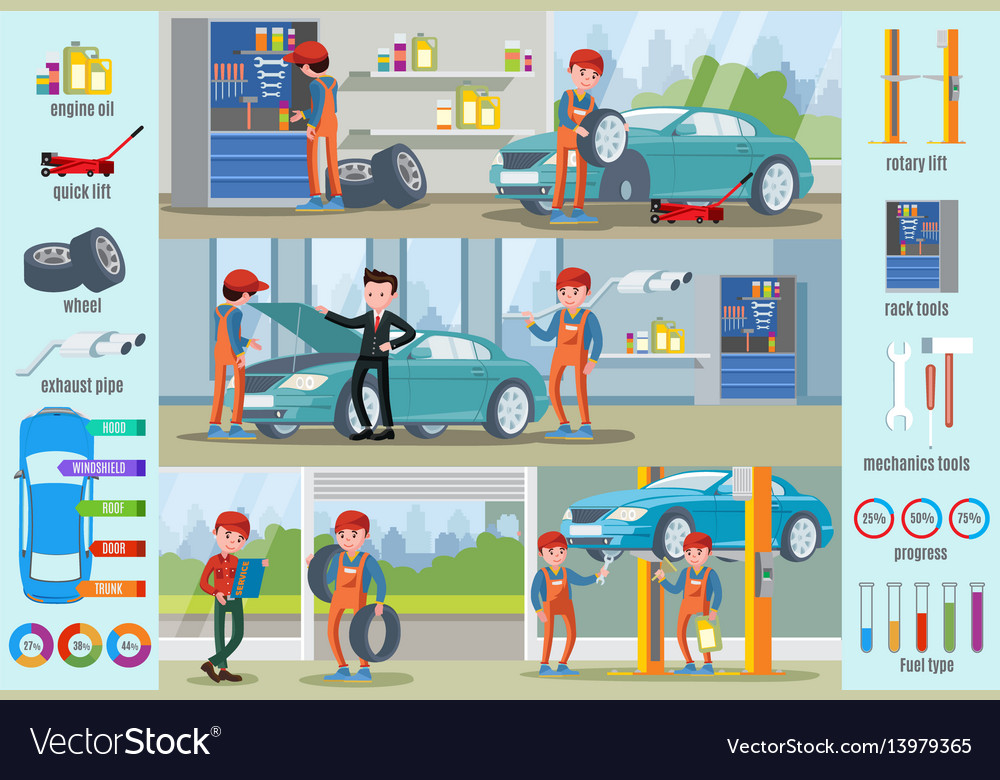Deciphering Your Car'S Warning Indicators: What They Genuinely Symbolize
Deciphering Your Car'S Warning Indicators: What They Genuinely Symbolize
Blog Article
Published By-Vinson Kejser
When you're behind the wheel, those beautiful caution lights on your dashboard can be a bit bewildering. Do you recognize what they're trying to inform you regarding your vehicle's health? Comprehending the relevance of these lights is essential for your safety and security and the durability of your vehicle. So, the next time among those lights appears, would not you wish to understand its message properly and take the needed steps to address it?
Common Warning Lighting and Interpretations
Recognize usual caution lights in your cars and truck and recognize their significances to make certain safe driving.
One of the most common warning lights include the check engine light, which signals issues with the engine or discharges system. If this light begins, it's essential to have your car inspected quickly.
The oil pressure warning light indicates low oil stress, calling for prompt focus to prevent engine damage.
A flashing battery light could recommend a defective charging system, potentially leaving you stranded otherwise dealt with.
The tire pressure monitoring system (TPMS) light alerts you to low tire stress, influencing lorry security and gas performance. Overlooking this can cause hazardous driving problems.
The ABS light shows an issue with the anti-lock stopping system, compromising your ability to stop promptly in emergency situations.
Finally, the coolant temperature cautioning light warns of engine overheating, which can result in severe damage if not fixed quickly.
Comprehending these typical warning lights will certainly help you attend to issues quickly and keep secure driving problems.
Value of Prompt Focus
Understanding the typical warning lights in your auto is just the very first step; the relevance of promptly dealing with these cautions can't be emphasized sufficient to guarantee your safety and security on the road.
When a caution light illuminates on your control panel, it's your car's means of interacting a possible issue that needs attention. Neglecting wash car can lead to extra extreme issues down the road, compromising your safety and possibly costing you much more out of commission.
Motivate focus to warning lights can prevent malfunctions and accidents. As an example, a flashing check engine light could suggest a misfire that, if left ignored, could trigger damage to the catalytic converter. Resolving this promptly can save you from a pricey fixing.
Likewise, a brake system alerting light could signify reduced brake fluid or worn brake pads, essential parts for your security when driving.
DIY Troubleshooting Tips
If you discover a warning light on your dashboard, there are a couple of do it yourself troubleshooting suggestions you can try before looking for professional assistance.
The very first step is to consult your vehicle's guidebook to understand what the particular caution light indicates. Often the issue can be as basic as a loose gas cap activating the check engine light. Tightening take a look at the site here might solve the trouble.
Another common issue is a low battery, which can activate different warning lights. Checking the battery connections for rust and ensuring they're secure might take care of the trouble.
If a caution light continues, you can attempt resetting it by separating the automobile's battery for a few minutes and after that reconnecting it. Additionally, inspecting your vehicle's liquid degrees, such as oil, coolant, and brake fluid, can help repair advising lights associated with these systems.
Final thought
In conclusion, comprehending your automobile's caution lights is vital for keeping your car running smoothly and securely. By promptly attending to these alerts and knowing what they indicate, you can prevent expensive repairs and prospective malfunctions.
Remember to consult your car's manual for particular information on each alerting light and do something about it accordingly to ensure a hassle-free driving experience.
Keep informed, stay safe on the road!
